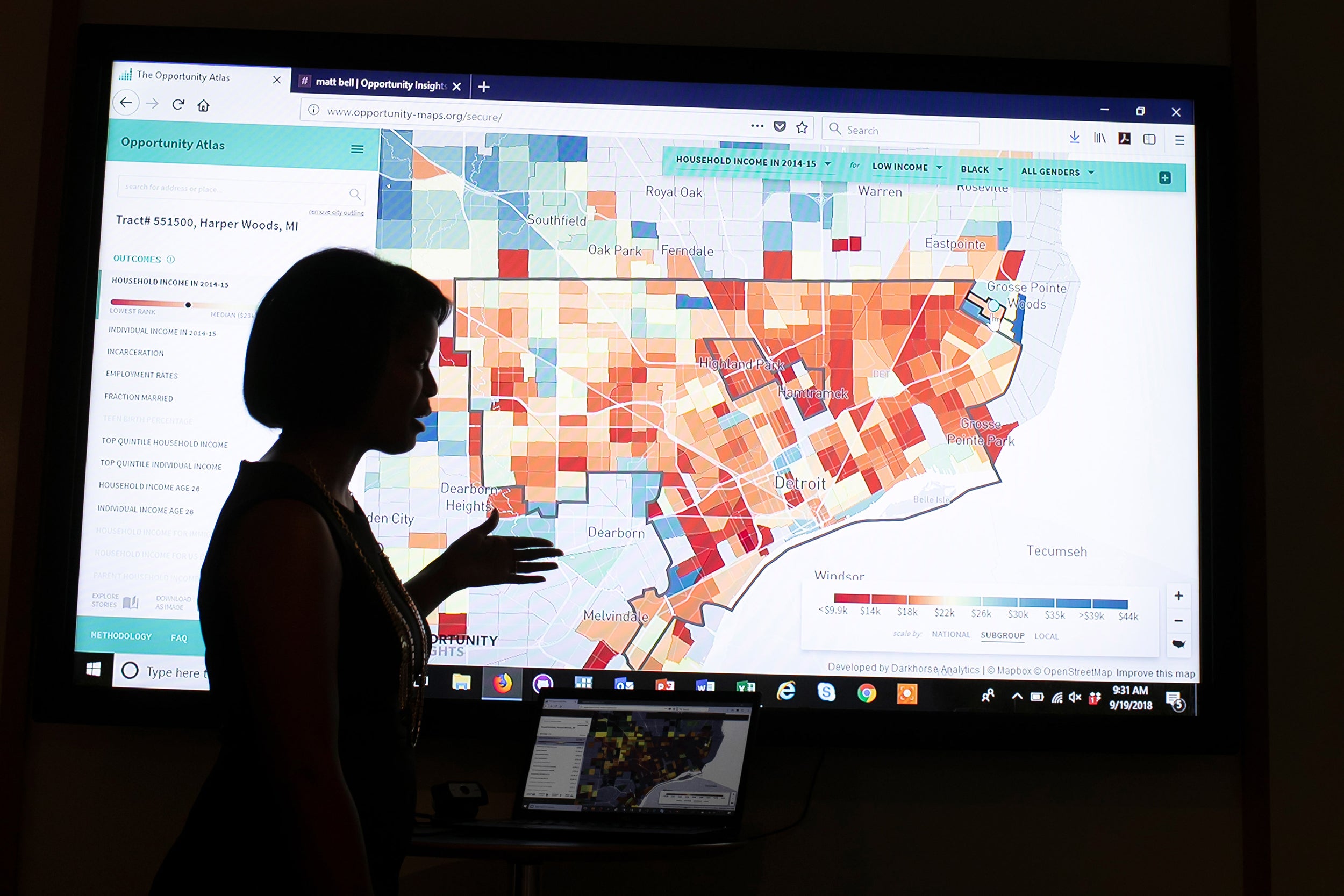Given support and a choice, families move to where children do best
Harvard’s Opportunity Insights collaboration works to increase upward mobility
A collaboration between Harvard’s Opportunity Insights and Seattle and King County public housing agencies in Washington found that giving support and advice about their options to families with housing choice vouchers led to significantly more of them moving to neighborhoods where children have higher recorded rates of upward mobility.
Fifty-four percent of families who received the enhanced services as part of the Creating Moves to Opportunity (CMTO) initiative chose to go to so-called high-opportunity areas, compared with approximately 14 percent of families who received standard services from housing authorities, according to a recent Opportunity Insights report. Based on a sample of 310 families, the CMTO program increased the share of families who leased units in high-opportunity neighborhoods by 40 percentage points. The result demonstrates that low-income families are concentrated in lower-opportunity areas in part due to barriers preventing them from moving to higher-opportunity areas.
“Through CMTO, we found that a small intervention can dramatically change a family’s ability to provide their children with the upward mobility promised in the American Dream,” said economist Raj Chetty, director of Opportunity Insights.
High-opportunity neighborhoods were identified using the Opportunity Atlas created by researchers at the Census Bureau, Harvard, and Brown University to determine where low-income children have the best chance of becoming successful. This information was combined with the expertise of local public housing authorities on neighborhood characteristics. Opportunity Insight research shows that every year spent in a higher-opportunity neighborhood during childhood increases the likelihood of college attendance, as well as a boost of $302,000 in lifetime earnings. However, at present most of the 2.2 million American families receiving housing choice vouchers cluster in relatively high-poverty, low-opportunity neighborhoods.
“The results of CMTO are incredibly encouraging,” said Chetty. “It shows that in Seattle and King County, segregation is not a result of deep preferences that families have to live in specific neighborhoods or widespread discriminatory preferences among landlords.”
Families chosen to receive additional CMTO services were randomly selected from those at the top of the housing voucher waitlists. They were educated on the location of high-opportunity areas, and received personalized rental application coaching, housing search assistance, and financial assistance. Additionally, CMTO staff actively recruited new landlords to rent to families. Families receiving CMTO services were not required to move to high-opportunity neighborhoods and kept their vouchers regardless of their neighborhood decisions. The trial began in April 2018, and subjects were followed until June 2019.
Opportunity Insights partnered with the Abdul Latif Jameel Poverty Action Lab, Johns Hopkins University, and MDRC in addition to the housing authorities in creating CMTO. The King County project is supported by the Bill & Melinda Gates Foundation and the Surgo Foundation.







